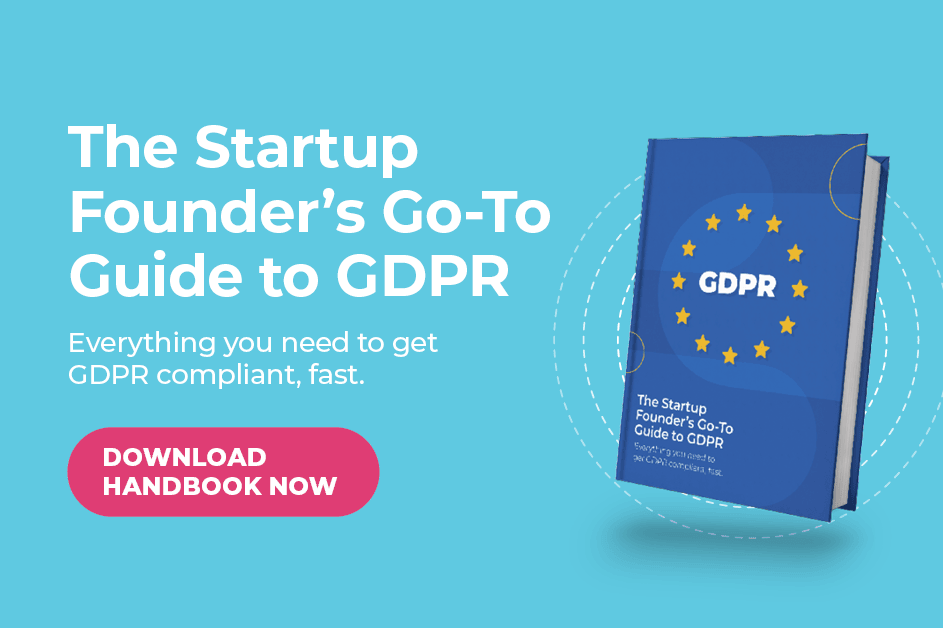Secure your data with PCI penetration testing—essential for protecting credit card information, staying compliant, and avoiding breaches.
PCI Compliance Levels
Ever wondered what PCI compliance levels actually mean? As an online business owner, you’ve probably heard of PCI DSS and know it’s important for security, but all that official lingo around compliance levels can be confusing. Don’t worry, we’ve got you covered. Here, we’ll break down the four PCI compliance levels in simple terms so you know exactly what you need to aim for. Whether you’re just launching your business or already processing thousands of transactions, PCI compliance is crucial for avoiding data breaches and keeping your customers’ payment info secure. Read on to learn the difference between PCI levels 1 through 4, see which one is right for your business, and find out how to achieve and maintain compliance. By the end, you’ll be well on your way to boosting security and giving your customers peace of mind.
PCI Compliance Level 1: The Highest Level of PCI Security
If you handle credit card payments, PCI compliance is critical. The highest level, Level 1, means your business processes over 6 million Visa transactions. At this volume, you’ll face the strictest security requirements.
As a Level 1 merchant, you’ll need to undergo an annual on-site audit to validate your compliance. Auditors will check that you’ve implemented all PCI DSS requirements, like using a firewall, encrypting cardholder data, and restricting access. They’ll also ensure your security policies and procedures are up to snuff.
- You must protect stored cardholder data with strong cryptography like AES encryption.
- All systems that store, process or transmit card payments must be secured.
- Staff with access to card data must have proper training.
- Networks must be monitored and tested regularly.
Staying PCI compliant at Level 1 is no small feat, but the stakes are high if you don’t. Failing to comply can lead to hefty fines and even losing your ability to process credit cards. The good news is achieving and maintaining Level 1 compliance, while demanding, will give your customers peace of mind that their sensitive financial data is in safe hands.
With vigilance and a commitment to security, Level 1 compliance can be within your reach. But if it feels overwhelming, don’t hesitate to tap into resources to help guide you, like a PCI consultant. Your business and your customers will thank you.
Understanding PCI Compliance Levels 2, 3 and 4
To achieve PCI compliance, merchants and service providers must meet certain security standards for accepting, processing, storing and transmitting credit card data. There are 4 levels of PCI compliance:
Level 1 is for any merchant processing over 6 million Visa transactions annually. This level requires the most stringent controls, including quarterly network scans and an annual on-site audit.
Level 2 applies to any merchant processing 1-6 million Visa transactions annually. Merchants must complete an annual Self-Assessment Questionnaire (SAQ) and quarterly network scans.
Level 3 includes merchants processing 20,000 to 1 million Visa e-commerce transactions annually. These merchants must also fill out an annual SAQ and undergo quarterly network scans.
Level 4 covers merchants processing less than 20,000 Visa e-commerce transactions annually. Merchants only need to complete an annual SAQ.
To determine your level, calculate your total Visa transactions over the past 12 months. Be sure to include e-commerce, mail order, and telephone order transactions in your count. Then take appropriate steps to validate compliance at your assigned level. Achieving and maintaining PCI compliance is crucial for protecting customer data and avoiding costly penalties.
PCI compliance may seem complicated, but breaking it down into levels makes the requirements much more digestible. Focus on understanding what’s needed for your specific level and take it step by step. With vigilance and persistence, PCI compliance can become second nature for your business.
Achieving Your Merchant PCI Compliance Level: Requirements and Self-Assessment
To achieve PCI compliance for your business, you need to determine which of the four levels—1 through 4 you fall under based on your transaction volume. The higher the level, the more requirements are placed on you to properly secure customer payment data. Let’s break down what each level means and what you’ll need to do to become compliant.
To determine your exact requirements, check with your acquirer or payment processor. They can walk you through the specific steps needed to validate your compliance level and ensure your systems meet or exceed PCI DSS standards to secure customer payment data. Staying on top of the latest PCI DSS requirements is key to safeguarding your business and your customers.
So there you have it, an overview of the PCI compliance levels and what each means for your business. Now that you understand the differences, you can determine which level is right for your company based on how many credit card transactions you process each year. The higher the level, the more security controls are required, but the safer your customers’ payment data will be. Achieving and maintaining PCI compliance does require ongoing work and investment, but in today’s digital world, it’s essential for earning and keeping your customers’ trust.







